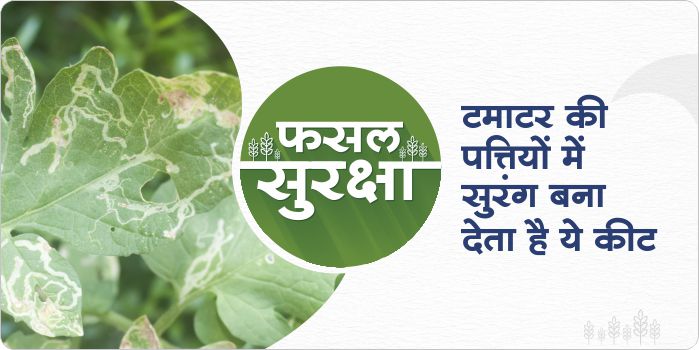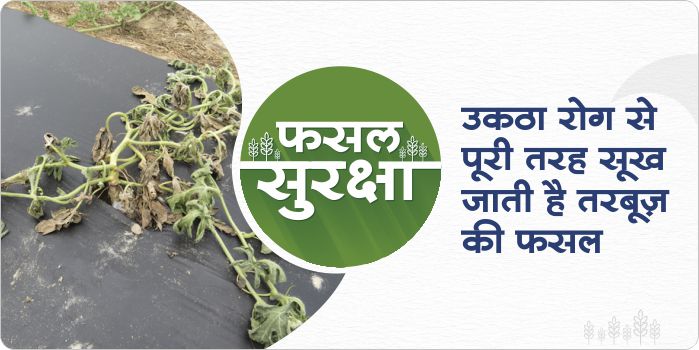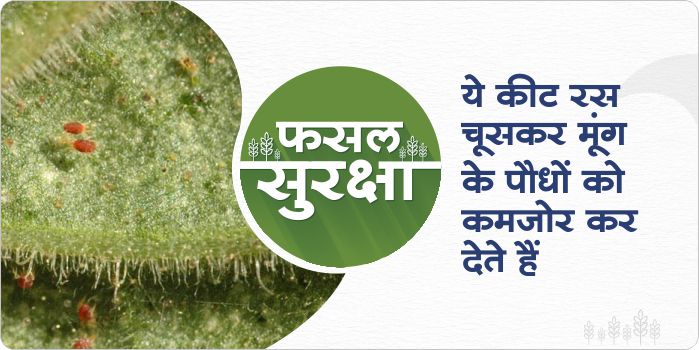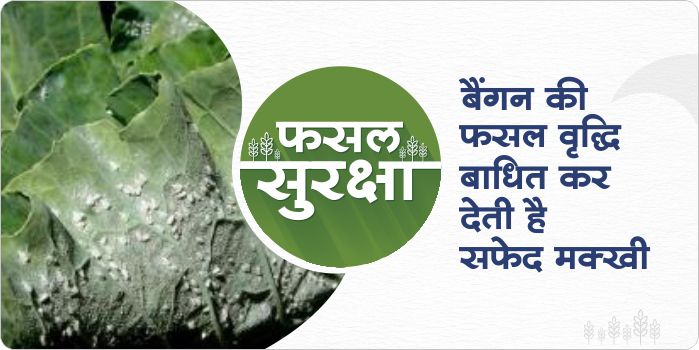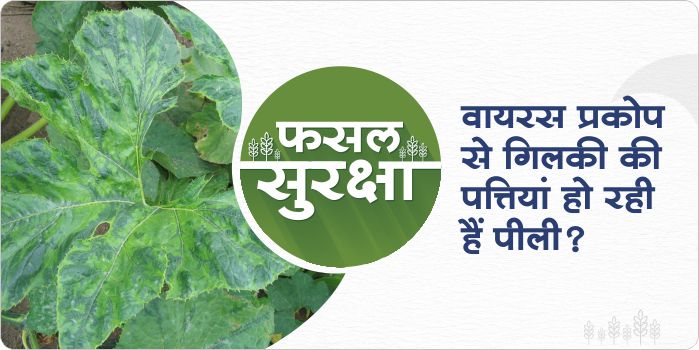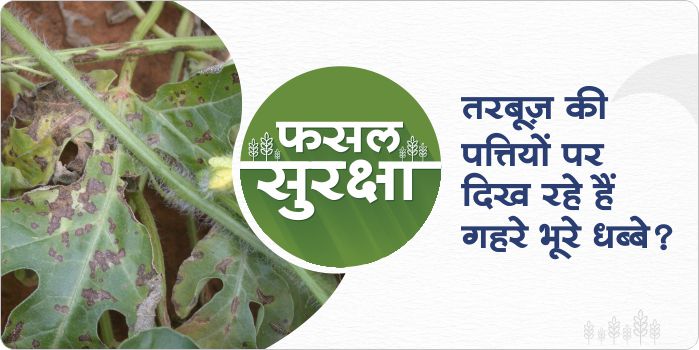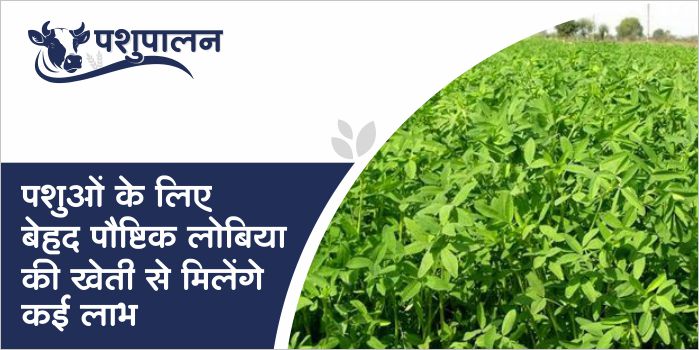- Leaf miner insects are very small in size. They burrow inside the leaves and make tunnels. This makes white lines on the leaves. The adult moth is light yellow in color and the young insect is very small, footless and yellow in color.Insect infestation begins on the leaves. This insect creates a spiral tunnel in the leaves. Photosynthesis process of plants is affected . Hence, the leaves fall.
- Chemical management: – Abamectin 1.9% EC @ 150 ml / acre or Spinosad 45% SC @ 75 ml/acre or Cyantraniliprole 10.26% OD @ 300 ml/acre for control of this pest.
- Biological treatment: – As a biological treatment, use Beauveria bassiana @ 500 gram/acre.
Wilt management in Watermelon
- This disease is caused by bacteria and fungi, which damages the watermelon crop.
- Symptoms of bacterial wilt infection can be seen on all parts of infected plants.
- The leaves turn yellow, then the whole plant dries up and dies.
- Watermelon crop starts drying in patches
- For prevention of this disease use Kasugamycin 5% + Copper Oxychloride 45% WP @ 300 gram/acre or Kasugamycin 3% SL@ 400 ml/acre
- As biological treatment use Pseudomonas fluorescens @ 250 gram/acre.
How to control mites in green gram crop
- These insects are small in size, red in color and are found in large quantities on the soft parts of green gram crops like leaf, flower bud, and twigs, webs are visible on the plant on which mites reside. Sucking the sap out of the plant’s soft parts, weakens them and in the end the plant dies
- Chemical management: – Spray Propargite 57% EC @ 400 ml/acre or Spiromesifen 22.9% SC @ 200 ml/acre or Abamectin 1.8% EC @ 150 ml/acre.
- Biological management: – As a biological treatment, use Beauveria bassiana @ 500 gram/acre.
White fly management in brinjal crop
- This pest causes a lot of damage in brinjal crops in both the stages of its life cycle i.e. nymph and adult.
- They suck the cell sap out of cotton plant leaves and inhibit plant growth. These insects are also the cause for the secretion known as a sooty mold developed on the plant.
- Brinjal crops can get completely infected during high infestation and even if the crop is fully developed, there is a chance of infestation of this pest which can cause the leaves of this crop to dry up and fall.
- Management: – For the prevention of this pest, Diafenthiuron 50% SP @ 250 gram/acre or Flonicamid 50% WG @ 60 ml/acre or Acetamipyrid 20% SP @ 100 gram/acre or Pyriproxyfen 10% +Bifenthrin 10% EC 250 ml/acre.
- Biological management: – As a biological treatment, use Beauveria bassiana @ 500 gram/acre.
Management of virus in the sponge gourd crop
- Due to excessive heat and climate changes, the virus spreads in sponge gourd crops.
- Its carrier is the white fly. It sits on the leaves. Jumps fields from one to the next one. This leads to a spread of virus infection in vegetables.
- The symptoms of this disease are seen in all the stages of the plant, due to which the veins of the leaves turn yellow and a mesh-like structure is formed on the leaves.
- Chemical management: To prevent this, use Acetamiprid 20% SP @ 100 gram /acre or Diafenthiuron 50% WP @ 250 gram/acre or Pyriproxyfen 10 % + Bifenthrin 10% EC @ 250 ml/acre .
- Biological management: As a biological treatment, use Beauveria bassiana @ 500 gram/acre.
What measures should be taken to increase germination percentage in bitter gourd crops
- The bitter gourd crop is prominently planted with some of Zayed’s major crops.
- In the Zayed season as the temperature changes and the temperature rises.
- Because of the rise in temperature, the seeds of bitter gourd do not germinate completely.
- Due to which the yield of the farmer is greatly affected.
- To prevent this, sow the seeds of bitter gourd with seed treatment only.
- In 10–15 days of sowing, give phosphorus solubilizing bacteria in bitter gourd crop @ 500 gram/acre with vigormaxx gel @ 1 kg /acre from the ground.
- The use of these two products increases the germination percentage in the bitter gourd crop.
How to control blight disease in watermelon crop
In this disease, dark brown spots are found on the leaves, deformed spots on the stems are long, suppressed and purple-black in color. Later they merge and surround the entire trunk. Irregular red or brown spots appear on the beans, in the acute stage of the disease, the stem starts to weaken.
Chemical Management: Mancozeb 75% WP @ 600 gram/acre or Carbendazim 12% + Mancozeb 63% @ 300 gram/acre or Thiophanate Methyl 70% W/W @ 300 gram/acre or Chlorothalonil 75% WP @ 400 gram/acre.
Biological management: As a biological treatment, spray Trichoderma viride @ 500 gram/acre or Pseudomonas fluorescens @ 250 gram/acre.
ShareFarmers will get prosperity by doing smart farming
- Smart farming means that farmers can do farming using new ways of farming and products that benefit farming.
- Under smart farming, the requirement of pest diseases and nutritional crops is met through technology.
- This type of farming uses mobile applications, large data, artificial intelligence, machines.
- The use of information communication technology in agriculture also gives the way for the advancement of the farmer.
- Young farmers are making extensive improvements in their farming by adopting smart farming techniques instead of traditional farming.
- The cost of the farmer is low and the yield is high through smart farming.
Benefits of planting cowpea crop as fodder in summer
- During the summer season, the problem of green fodder for livestock increases, to avoid this situation the livestock owner should sow cowpea.
- Cowpea is used as a nutritious fodder for animals
- Cowpea is the quickest growing pulses fodder crop,
- The cowpea crop is more nutritious and fully digestible and as grass is mixed with it during sowing which also increases its nutritional value.
- Cowpea is also served as a vegetable and as the availability of green vegetables is reduced during the rainy days, the production of cowpea for green vegetables brings good profits to the farmers.
- As cowpea is a pulses crop, it greatly increases the availability of the nutrient called nitrogen in the soil.
The use of VermiWash gives many benefits to crops
- Vermiwash is a fluid that contains hormones, nutrients and enzymes secreted by earthworms, which have anti-inflammatory properties,
- Auxin and cytokinin hormones and various enzymes are also found in it, along with nitrogen fixing bacteria Azotobacter and Phosphorus solubilizing bacteria.
- Vermiwash is used as both an antifungal and insecticide for crops.
- The use of vermiwash gives more production and good quality yield in the crops, so that the farmers can get good prices of the crops in the market.
- The use of vermiwash reduces the cost of the farmer and increases the production

